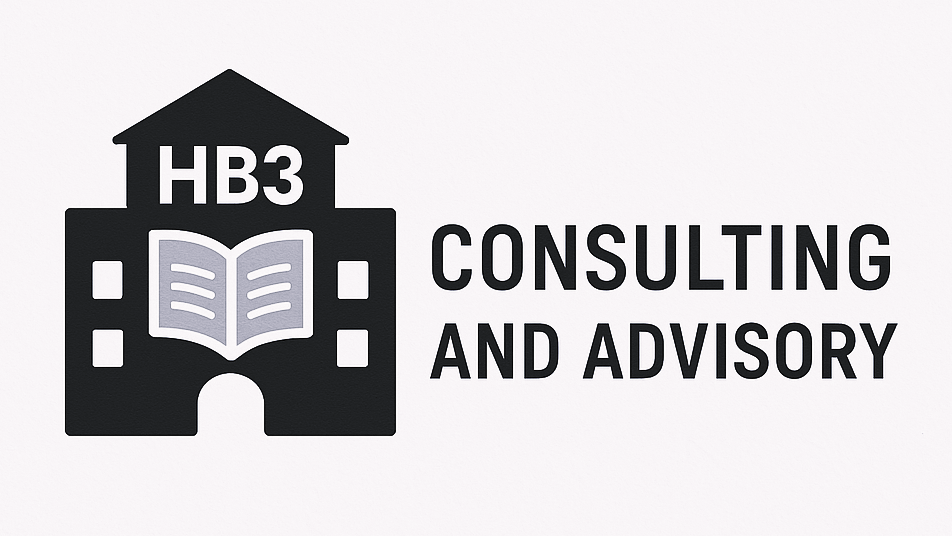Beyond the Turnstile: Designing Programs That Truly Serve the Community
Museums and cultural institutions have long measured success by foot traffic and ticket sales. While these metrics are tangible and easily quantifiable, they often fail to capture the depth and breadth of a museum's impact on its community. True success lies not just in revenue but in meaningful engagement that resonates with diverse audiences.
Rethinking Success: From Attendance to Impact
Traditional metrics like attendance figures provide a limited snapshot of popularity in a moment in time but don't necessarily reflect the quality or significance of visitor experiences. For instance, a well-attended exhibit might not engage visitors on a deeper level, while a smaller program could profoundly impact its participants. Therefore, it's essential to look beyond the turnstile and consider multiple measures of success, such as visitor satisfaction, learning outcomes, and community engagement.
If you’re a program sponsor or granting agency, attendance numbers may be valuable as evidence of output (the immediate, direct results of an effort), but they provide little to no indication of outcomes or the long-term impact of programming.
As a bonus, collecting a fuller image of audience engagement and interests will help institutions to weather difficult times, because they will not be overly swayed by simplistic data from peak engagement.
Understanding and Serving Diverse Demographics
Communities are composed of diverse groups, each with unique needs, interests, and schedules. Older adults, for example, often have more flexible daytime availability but may require specific incentives to visit. Research indicates that museum visits can offer significant benefits for older adults, including cognitive stimulation and reduced feelings of isolation (Camic & Chatterjee, 2013, Fancourt & Steptoe, 2018). Targeted programs for older adults, such as morning art appreciation sessions and interactive workshops, may be designed based on community feedback and existing research, aiming to provide meaningful experiences that encouraged regular participation. Their attendance numbers may not jump off the page, but the impact can be life-changing.
The benefits of museum access extend far beyond one audience. Studies show that children who attend museums regularly demonstrate higher academic achievement and more advanced critical thinking skills (National Endowment for the Arts, 2012). Students in low-income schools often gain the most from museum visits, as these experiences expand their exposure to cultural capital and new ways of thinking (Greene, Kisida, & Bowen, 2014). Additionally, museums are increasingly recognized as supportive environments for individuals with cognitive differences, offering sensory-friendly programs and structured engagement that promote social connection and personal expression (Janesick, 2020). These findings underscore the importance of intentional, inclusive programming that meets the varied needs of a diverse public. In order to serve the public, cultural institutions need to put in the hard word of understanding the multiple audiences they serve.
Embracing Multiple Measures of Evaluation
To truly assess the effectiveness of programming, it's crucial to employ a variety of evaluation methods:
Quantitative Metrics: Attendance numbers, repeat visitation rates, and demographic data provide baseline information.
Qualitative Feedback: Surveys, interviews, and focus groups offer insights into visitor experiences and satisfaction.
Behavioral Observations: Monitoring how visitors interact with exhibits or programs can reveal levels of engagement and learning.
To view more details of the HB3 Evaluation Framework for cultural institutions, click here.
If you’re guided by “data-informed decision-making,” remember that the word “data” in this context is meant to be plural; in other words, you should be incorporating multiple data types. By triangulating these data sources, institutions can gain a comprehensive understanding of their programs' impact and areas for improvement.
Scaling Youth Engagement with Intentionality
The same principles apply when designing programs for younger audiences. Expansion of programs must be guided by continuous feedback from educators, parents, and the students themselves, ensuring that the programs remained relevant and effective.
Lessons for Cultural Institutions
Know Your Community: Conduct regular assessments, using multiple measures, to understand the evolving needs and interests of your audience.
Design with Purpose: Develop programs that align with both institutional goals and community needs, as evidenced by data.
Evaluate Continuously: Implement diverse evaluation methods to monitor and improve program effectiveness.
Be Flexible and Responsive: Use feedback to adapt and refine programs, ensuring they remain impactful and engaging. Resist the urge to only seek out data that confirms your prior thinking.
How HB3 Consulting Can Support Your Institution
At HB3 Consulting and Advisory, I specialize in helping cultural institutions design and implement programs that are both meaningful and measurable. My services include:
Strategic Program Development: Crafting initiatives that align with your institution's mission and identified community needs.
Comprehensive Evaluation Planning: Establishing robust methods to conduct audience analysis, assess program effectiveness, and inform decision-making.
Community Engagement Strategies: Building strong relationships with diverse audience segments to foster inclusion and participation.
Conclusion: Meeting People Where They Are, Leading Them to a New Space
A well-run cultural institution doesn't just open its doors, it meets people where they are. By understanding and responding to the unique needs of various community segments, institutions can create a suite of programs that not only attract visitors but also enrich their lives. Moving beyond traditional, oversimplified metrics to embrace a more holistic approach to programming and evaluation ensures that museums remain vital, inclusive, and impactful spaces for all.
If you’re ready to up your data game, contact me.
Works Cited
Camic, P. M., & Chatterjee, H. J. (2013). Museums and art galleries as partners for public health interventions. Perspectives in Public Health, 133(1), 66–71. https://doi.org/10.1177/1757913912468523
Fancourt, D., & Steptoe, A. (2018). Cultural engagement and mental health: Does socio-economic status explain the association? Social Science & Medicine, 236, 112425. https://doi.org/10.1016/j.socscimed.2019.112425
Greene, J. P., Kisida, B., & Bowen, D. H. (2014). The educational value of field trips. Education Next, 14(1), 78–86. https://educationnext.org/the-educational-value-of-field-trips/
Janesick, V. J. (2020). Museums, mindfulness, and meaningfulness: Creating programming for people with cognitive differences. Journal of Museum Education, 45(2), 139–149. https://doi.org/10.1080/10598650.2020.1735286
National Endowment for the Arts. (2012). The arts and achievement in at-risk youth: Findings from four longitudinal studies. https://www.arts.gov/sites/default/files/Arts-At-Risk-Youth.pdf

